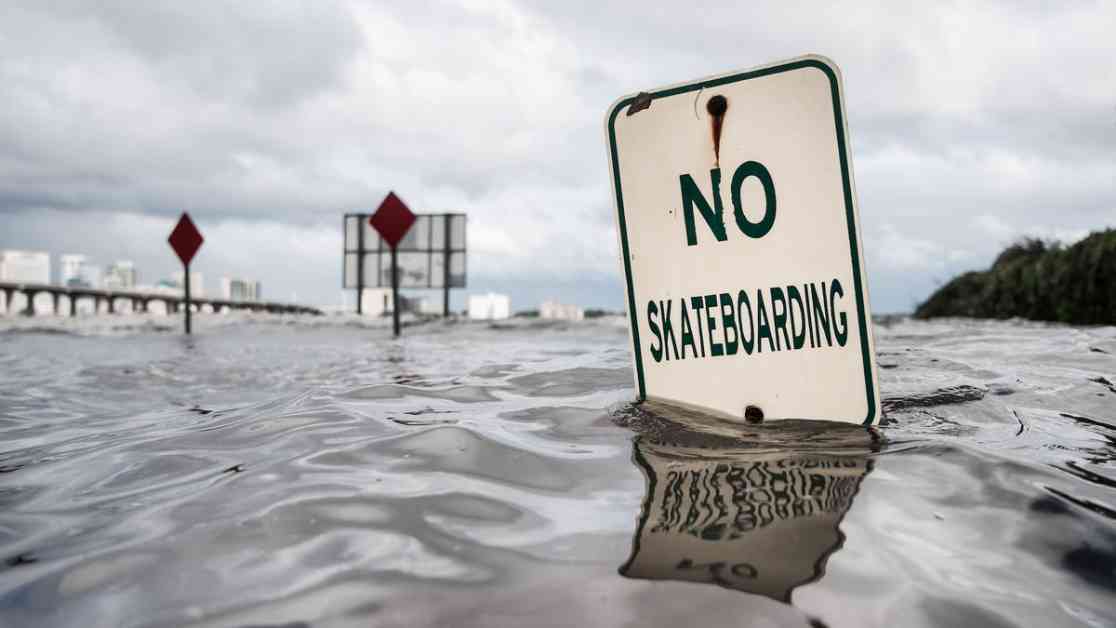Storm surge is a significant threat during hurricanes, as it can cause water levels to rise well above normal sea level. This surge occurs when a hurricane pushes a large volume of ocean water ashore, leading to gradual water level increases as the storm approaches. Depending on the size and track of the hurricane, storm surge flooding can last for several hours before receding after the storm passes. Water levels during a hurricane can reach heights of 20 feet or more above normal sea level, causing catastrophic damage when combined with powerful waves.
Several factors determine the height and extent of storm surge. Strong winds from a hurricane push ocean waters and cause them to pile up under the storm, with low air pressure playing a role in lifting the water level. The strength and size of the hurricane influence the height and extent of this water pile. The depth of the sea floor also plays a role, with gentle slopes leading to higher storm surges. The shape of the coastline can act as a funnel, sending storm surge even higher when it enters a bay or river.
Other factors, such as ocean tides and sea level rise, can also impact storm surge. Ocean tides, influenced by the gravity of the moon and sun, can strengthen or weaken the effects of storm surge. High tide can elevate water levels further, especially when combined with storm surge during a hurricane landfall. Sea level rise, caused by warming waters and freshwater from melting ice, has slowly raised ocean levels over the past century. This higher ocean height means storm surge can bring water further inland during hurricanes, leading to more widespread and dangerous effects.
Understanding the dynamics of storm surge is crucial for coastal communities to prepare and mitigate the impacts of hurricanes. Researchers like Anthony C. Didlake Jr. are studying tropical cyclones using radars and numerical models to improve our understanding of storm surge formation, intensity changes, and environmental interactions. By increasing our knowledge of storm surge mechanisms, we can better predict and respond to these hazardous events, ultimately reducing the threat to life and property along the coast.










